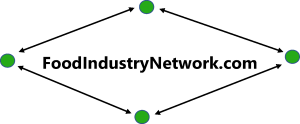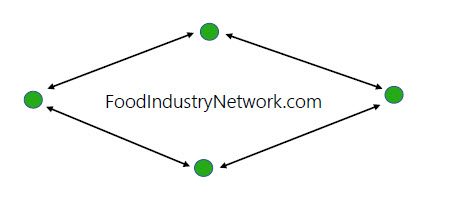Tariffs – where do we stand now?

It’s been hard to keep track of the whirlwind of U.S. tariffs, tariff start dates and tariff exemptions.
U.S. President Donald Trump enacted 25 per cent tariffs on Canadian imports and 10 per cent tariffs on Canadian energy on March 4, before progressively rolling them back.
Where do things stand now?
What isn’t being tariffed?
On March 5, Trump exempted automotive goods from the 25 per cent tariffs set the previous day.
On March 6, he rolled back a large block of tariffs — first on Mexican goods, then on Canadian.
Read Also


Tariffs Day 4 | Combing through the wreckage
Daily wrap of tariff situation for March 7, exploring the current state of play for Canadian agriculture.
Those rollbacks included anything covered under the Canadian United States Mexico Agreement (CUSMA)) — which U.S. President Trump signed in his previous term.
Most Canadian goods fall under CUSMA.
The steel and aluminum carve-out ends March 12 while the remaining exemptions expire April 2. Trump said he wants to use that day to implement reciprocal tariffs “to equalize any duty rates between the three countries.”
What is still under tariffs?
Canadian potash — an essential ingredient in farm fertilizer — saw the tariff rate reduced to 10 per cent from 25 per cent. The White House said this was because not all Canadian energy products fall under CUSMA.
Trump also did not withdraw the 10 per cent levy on Canadian energy products, which may not fall under CUSMA.
Meanwhile, Canada imposed tariffs on $30 billion in goods imported from the States.
After Trump paused tariffs on goods under CUSMA, federal government paused a second round on a further $125 billion of goods.
The list of counter-tariffed items includes a number of agricultural categories including a range of farm equipment, rubber pneumatic tractor tires, livestock feed, farm animal accessories, cereals, dairy, meat, eggs, fruits, vegetables and nuts, and alcoholic and non-alcoholic beverages.
Poultry meat animals were the only live animals included.
American dairy products—an age-old sore point in Canada-U.S. relations —have been subject to tariffs for some time to protect Canada’s dairy sector, Reuters noted.
The White House estimated that 62 per cent of Canadian imports will still be subject to the tariffs, Bloomberg reported. This will mainly include energy products. That figure could change as importers rush to comply with new rules.
Tariffs still in the balance
The removal or lightening of the U.S. tariff load on Canada still hinges on Trump’s approval of the country’s border security efforts. In a meeting with Prime Minister Justice Trudeau, Trump expressed his dissatisfaction with the work, despite Canada’s deployment of more personnel to the border and the hiring of a “fentanyl czar.”
A recent CNBC interview, also reported by Reuters, saw U.S. Commerce Secretary Howard Lutnick issue a warning to Canada regarding Trump’s border issues.
“On April 2, we’re going to move with the reciprocal tariffs, and hopefully Mexico and Canada will have done a good enough job on fentanyl that this part of the conversation will be off the table, and we’ll move just to the reciprocal tariff conversation.
“But if they haven’t, this will stay on.”
—with files from Reuters
Source: Farmtario.com

